How should we get around in the future? What should our transportation network look like? Those are some of the questions that feature heavily in today’s installment of Charlottesville Community Engagement, and this will be a focus in future versions as well. I’m your host, Sean Tubbs, and I’ve been writing about transportation planning for nearly thirty years. Even if you don’t think you’re interested, you probably might be if you have access to stories about these issues. That’s the point of Charlottesville Community Engagement, and I’m grateful to the hundreds of supporters who are helping me track all the pieces in motion.
On today’s program:
Charlottesville officials weigh in on potential plans to address safety concerns on Fifth Street
The nation’s top court paves the way for the federal government to calculate the “social costs” of greenhouse gas emissions
An American Elm has been honored by a local non profit that does such things
face
First shout-out: The Plant Northern Piedmont Natives Campaign
It’s springtime, and one Patreon subscriber wants you to know the Plant Northern Piedmont Natives Campaign is a grassroots initiative of motivated citizens, volunteers, partner organizations, and local governments who want to promote the use of native plants. This spring the group is working with retailers across the region to encourage purchase of plants that belong here and are part of an ecosystem that depends on pollination. There are plenty of resources on the Plant Northern Piedmont Natives Facebook page, so sign up to be notified of lectures, plant sales, and more!
U.S. Supreme Court clears way for federal study of greenhouse gas emissions
In a one-sentence order issued last night, the United States Supreme Court has cleared the way for the federal government to study the “social cost” of greenhouse gas emissions.
“It is essential that agencies capture the full costs of greenhouse gas emissions as accurately as possible, including by taking global damages into account,” reads Section 5 of an executive order issued by President Joe Biden on January 20, 2021.
That order set up an interagency working group to resume the work of calculating those costs, work that had been stopped by the previous administration. Ten states led by Republicans sued to stop the Biden administration from moving forward, and Judge James Cain of the Western District of Louisiana agreed with them in a February ruling granting an injunction. (read that ruling)
In March, the Fifth Circuit allowed the study to proceed and the matter was appealed to the high court. According to Courthouse News, the one-sentence concurrence allows the study to proceed pending further executive action.
Locally, work continues on efforts to reduce greenhouse gas emissions and also to prepare for the effects of climate change. The city of Charlottesville will hold a community workshop on June 9 on the Climate Vulnerability Assessment. More info on the city’s website.
Charlottesville Area Tree Stewards honor their 15th landmark tree
At the corner of Elliot Avenue and Monticello Avenue stands an American Elm that a nonprofit group honored in late April as part of Arbor Day. Now, a plaque has been installed marking the Elm as the 15th Landmark tree. The Charlottesville Tree Stewards were on hand at Sojourner’s Church on Arbor Day this past April 29 to mark the occasion.
City transportation planners present ideas on Fifth Street Extended
In the next few installments of this program, there’s going to be a heavy focus on transportation. Today we look at one specific project in the heart of Charlottesville.
On Tuesday, Charlottesville’s elected officials met with the appointed Charlottesville Planning Commission to give feedback on a set of proposals to slow down traffic on Fifth Street Extended.
Several groups have called upon to Council to take action to increase safety conditions on the roadway following a string of fatal crashes in 2020.
“Our consultant team and staff have been working for the last couple of months to expedite a design plan to improve transportation safety,” said James Freas, the city’s director of Neighborhood Development Services.
The city is working toward an August 1 deadline to submit the projects to the Virginia Department of Transportation for funding through something called the Smart Scale program. Candidate projects from all across Virginia are scored according to how well they will achieve certain outcomes, such as increasing safety and reducing congestion.
For many years, Amanda Poncy was the city’s bike and pedestrian coordinator. She left that position last year to work for EPR PC.
“EPR was hired by the city in February to help with the development of that grant application which is due on August 1,” Poncy said. “The segment that we’re looking at is between old Ridge Street and Harris Road. Our scope of work really involved looking at the crash data, conducting a speed study, developing concepts for public review and ultimately arriving at a final feedback that we can really flesh out with cost estimates and better understanding of some of the engineering issues and things like that for the Smart Scale submittal.”
The roadway has been studied before, including a 2018 study conducted by EPR that resulted in two successful Smart Scale applications. These are for a turn lane on Cherry Avenue as well as multimodal improvements on Ridge Street. (read the 2018 study)
“A third project that involved pedestrian improvements at the Cherry / Ridge intersection was also funded by VDOT outside of that project study but is being lumped into these other two because there is some overlap there,” Poncy said.
Since that study, there have been a series of fatal crashes and EPR’s work concludes that many of those are related to intersections. All of the fatalities were related to speeding. Poncy said a survey was conducted this spring which yielded over 700 responses.
“Really the top thing we heard was concern about people’s driving behavior whether it is reckless driving or redlight running,” Poncy said.
There are several potential solutions, such as a roundabout, a restricted crossing U-turn, and guardrails to prevent people from hitting trees. Another option would be to remove the trees, which Poncy said would go against the spirit of the Streets that Work plan.
Restricted crossing U-turns have been used in Virginia. Poncy explains how one would work on Fifth Street.
“People coming from the side streets, so for example Bailey Road or Old Ridge, they would first make a right turn,” Poncy said. “The median openings that are currently there would be closed for through traffic and people coming out of the side streets would have to make a right hand turn and then go up to the next median opening to go in the direction they wanted to travel.”
Another potential solution is a roundabout at Bailey Road which is the entrance to the Orangedale section of the Fifeville neighborhood. That would likely mean the taking of some property to accommodate the geographic scope.
Another overarching concept is to put Fifth Street on a road diet, which would mean reducing travel lanee and giving that space over to wider sidewalks or shared-use paths. Bike lanes could be protected with a physical barrier, but those details have not yet been worked out.
In one of the scenarios, the road diet would include a dedicated bus-lane in each direction.
Second Shout-out: RCA working on restoration of Riverview Park
The first Patreon-fueled shout-out today is for the Rivanna Conservation Alliance and their work with the City of Charlottesville on the restoration of Riverview Park. The RCA aims to restore a 600-foot section of the Rivanna riverbank in an area that’s designated for public access to the waterway as well as a 200-foot section of a dangerously eroding stormwater channel nearby. Another community meeting will be held in the near future to get your feedback on the work should be prioritized. Visit rivannariver.org to learn more about the project, which seeks to help Riverview Park continue to be a welcoming place to exercise, cool off, paddle, fish, play, explore, observe nature, and escape from the day-to-day stresses of life.
Skepticism of bus lanes, support for roundabout, more data needed on road diet details
After the overview, Commissioners and Councilors had the chance to provide feedback. During their discussion, they appeared to want more detail about what a road diet would entail, expressed support for the single-lane roundabout, and stated concerns about dedicated bus lanes.
Let’s begin with the Planning Commission’s non-voting representative from the University of Virginia wanted to know if the needs of the emergency health system had been taken into account.
“From the UVA perspective, this is a pretty major corridor for emergency vehicles coming to the hospital,” said Bill Palmer with the Office of the Architect.
Bill Wuensch of EPR said if the bus lanes were dedicated, they would be available for use by emergency vehicles.
“Whether it’s an ambulance, fire truck, police, whatever, they would still be able to use and access that bus lane in that single lane option,” Wuencsch said.
Palmer asked what the Future Land Use map designations were for the roadway and said whatever alternative is selected should anticipate future development. Much of the corridor is designated now as Medium Intensity Residential with other portions as Higher Intensity Residential.
During the conversation, at least three Councilors were skeptical about reducing capacity by eliminating travel lanes.
“In plumbing, you’ve got to be careful of going from big to little,” said City Councilor Sena Magill said.
Magill added she would support some form of a dedicated bus lane, but said she would be concerned it might be difficult for those vehicles to merge back into traffic on either end.
“Refining some of those details about the transitions is kind of the next step,” said Jeannie Alexander, another EPR employee who used to work for the city. “Getting into those design details. Yes, you’re right, it’s very important and will be the make or break for many things.”
Charlottesville Mayor Lloyd Snook said he was skeptical about the bus lane concept. The Route 2, Route 3, and Route 6 operated by Charlottesville Area Transit regularly use the corridor.
“And we’re devoting the largest share of asphalt to something that only takes… 30 vehicles a day,” Snook said. “That strikes me as being a very difficult thing to justify.”
Snook said he was concerned that constricting Fifth Street would route more vehicles through Bailey Road up to Prospect Avenue, or onto Harris Street through the Fry’s Spring neighborhood.
Vice Mayor Juandiego Wade used to work as a transportation planner for Albemarle County. He echoed Snook’s concern.
“I know what’s going to happen,” Wade said. “They’re going to filter through the neighborhoods and then we’re going to get calls about complaints of cars speeding in front of Jackson-Via [Elementary School] and in front of Buford [Middle] School because that’s where they’re going to go if they get off of I-64 and see the traffic.”
Planning Commissioner Jody Lahendro said he was skeptical of many of the options.
“The conclusion I’m coming to is that this is very difficult to come up with one static solution for a road that has various issues,” said Commissioner Jody Lahendro.
Commissioner Hosea Mitchell was also concerned about the road diet and the potential for congestion.
“I’m not too geeked out about the two-lane roundabout either,” Mitchell said. “I’ve worked and lived in lots of big cities and those two-lane roundabouts can be confusing.
Mitchell said he could support a single-lane roundabout but wanted to know more information. He also said he supported the pursuit of low-cost measures such as guardrails and photo enforcement.
Planning Commissioner Karim Habbab said he would support some form of a road diet but only if it didn’t lead to too much congestion. He also said he could support a roundabout.
“I know those are great at reducing crashes or the severity of crashes at those intersections and I’m for a roundabout,” Habbab said.
Commissioner Rory Stolzenberg supported the road diet because he said a change in design would stop the conditions that lead to the three fatal crashes in 2020.
“In off-hours, Fifth Street becomes a drag strip and it’s just a wide open road, a total straightaway, and people can speed recklessly,” Stolzenberg said. “Yes it’s a small minority of people but road design is how we stop that.”
Stolzenberg said the road concept needed to be fleshed out further.
City Councilor Brian Pinkston said he supported studying the road diet and doing a study. That would likely mean a delay in applying for the Smart Scale funds. The next round will be in 2024.
Magill said she wanted to know more about a road diet would work, and that she could support a single-lane roundabout but not a double one. She also said people need to understand Charlottesville’s geographic role.
“We cannot get away from the fact that we are the urban center for a large rural community and that’s something we have to plan with,” Magill said.
Councilor Michael Payne said he supported the roundabout at Bailey Road to break up the speed.
“You know I think I would lean toward the road diet but I do have concern of us doing with the level of information that we have now,” Payne said. “It does seem that more study and information is needed.”
Planning Commission Chair Lyle Solla-Yates said he wanted the city to pursue all of the options.
“In general we need to be thinking bigger and more systematically so we can get at these connections about these issues,” Solla-Yates said.
City traffic engineer Brennan Duncan said he heard the concern about a two-lane roundabout but said unless the number of lanes was reduced through a road diet, that would have to be the case.
“Just for a roundabout, in order to build one for the road we have today, it would have to be a two-lane roundabout,” Duncan said.
Council will return to this matter at their meeting on June 21.
There are other projects nearby.
Albemarle County and the Thomas Jefferson Planning District Commission are working on a Smart Scale application for an area south of Harris Road (read those application details)
A TJPDC application for something called the Fifth Street Trail hub was successful in the last Smart Scale round and received nearly $10 million in funds (read the application)
The city was awarded $8.74 million in Smart Scale Round 4 for Ridge Street improvements (read the application)
The city was awarded $6.1 million for the Cherry Avenue turn lane improvements in Smart Scale Round 3 (read the application)
More transportation-related items in the next Charlottesville Community Engagement. Always in motion, we are!
Sign up for Ting - Support Town Crier productions!
For over a year one year now, Town Crier Productions has had a promotional offering through Ting!
Are you interested in fast internet? Visit this site and enter your address to see if you can get service through Ting. If you decide to proceed to make the switch, you’ll get:
Free installation
Second month of Ting service for free
A $75 gift card to the Downtown Mall
Additionally, Ting will match your Substack subscription to support Town Crier Productions, the company that produces this newsletter and other community offerings. So, your $5 a month subscription yields $5 for TCP. Your $50 a year subscription yields $50 for TCP! The same goes for a $200 a year subscription! All goes to cover the costs of getting this newsletter out as often as possible. Learn more here!






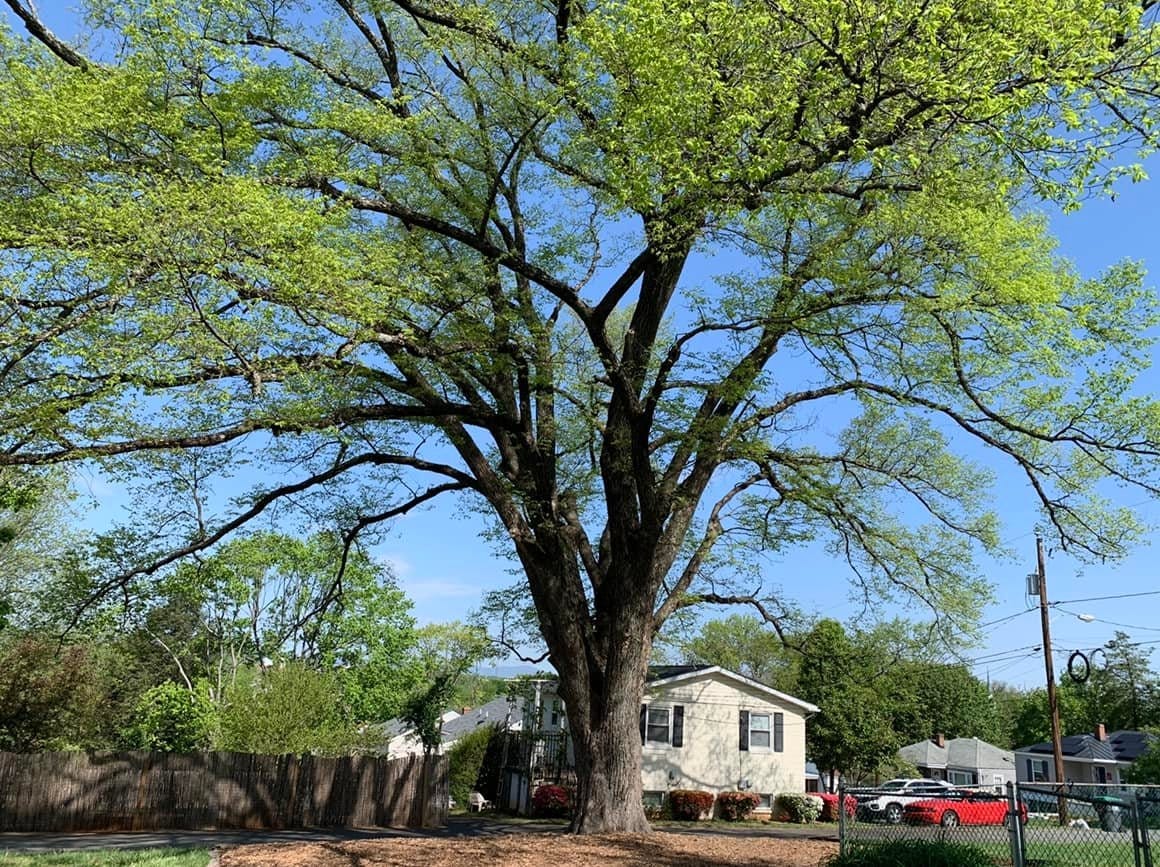
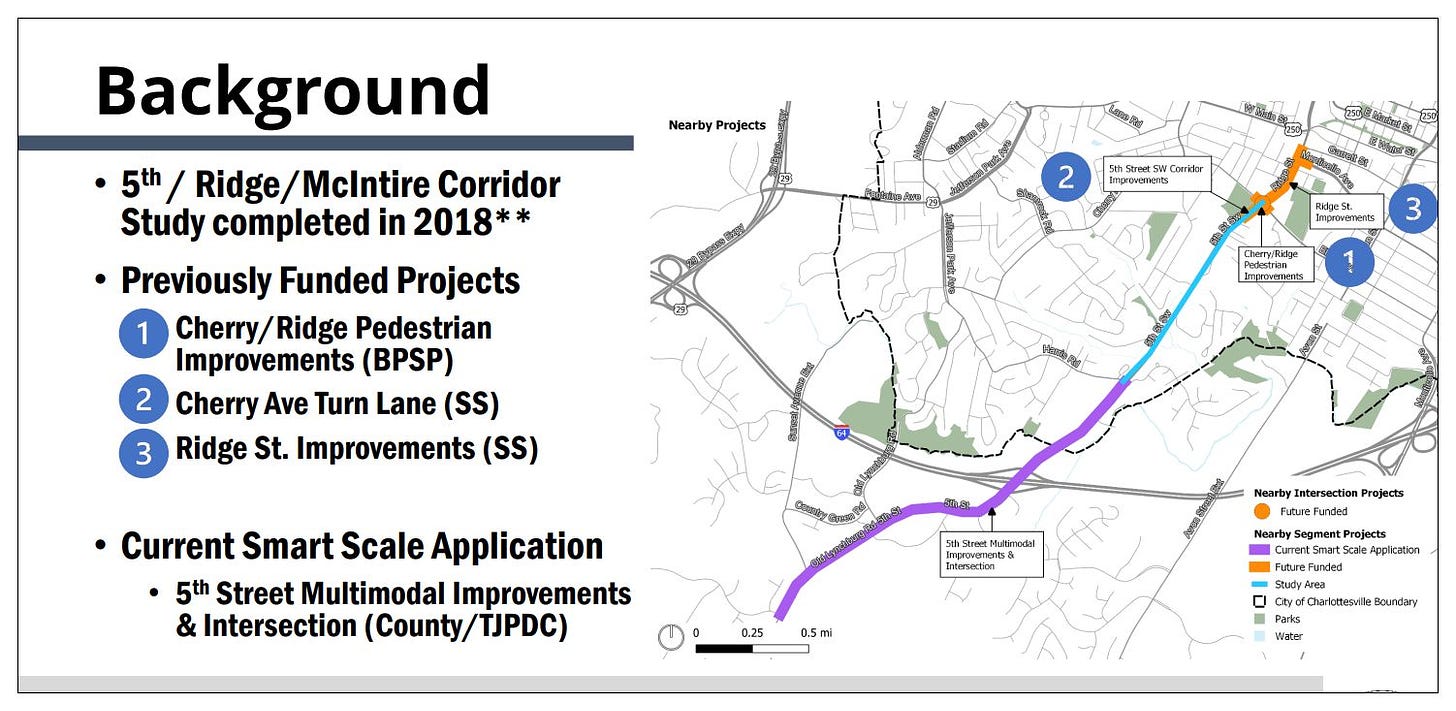
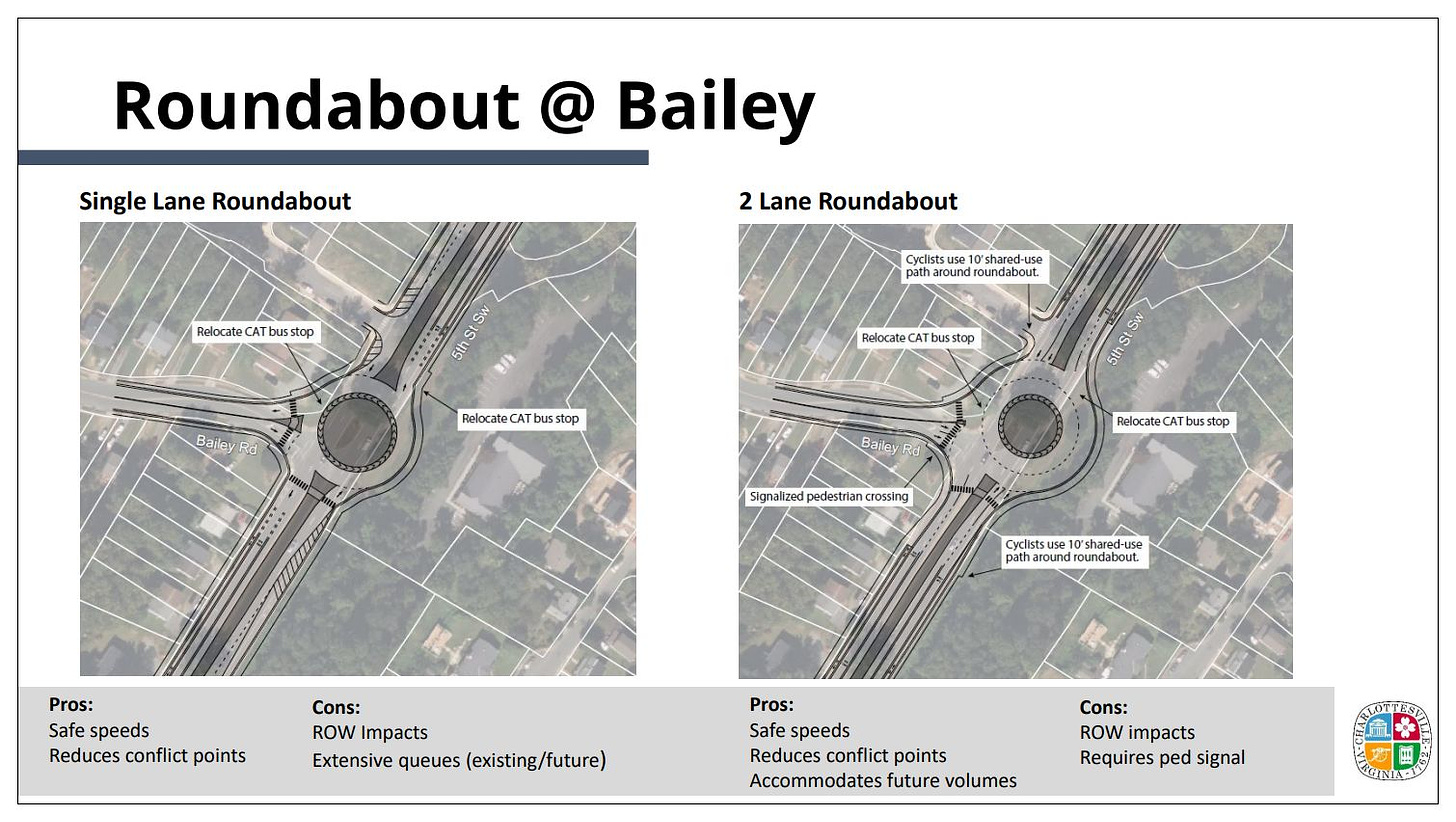
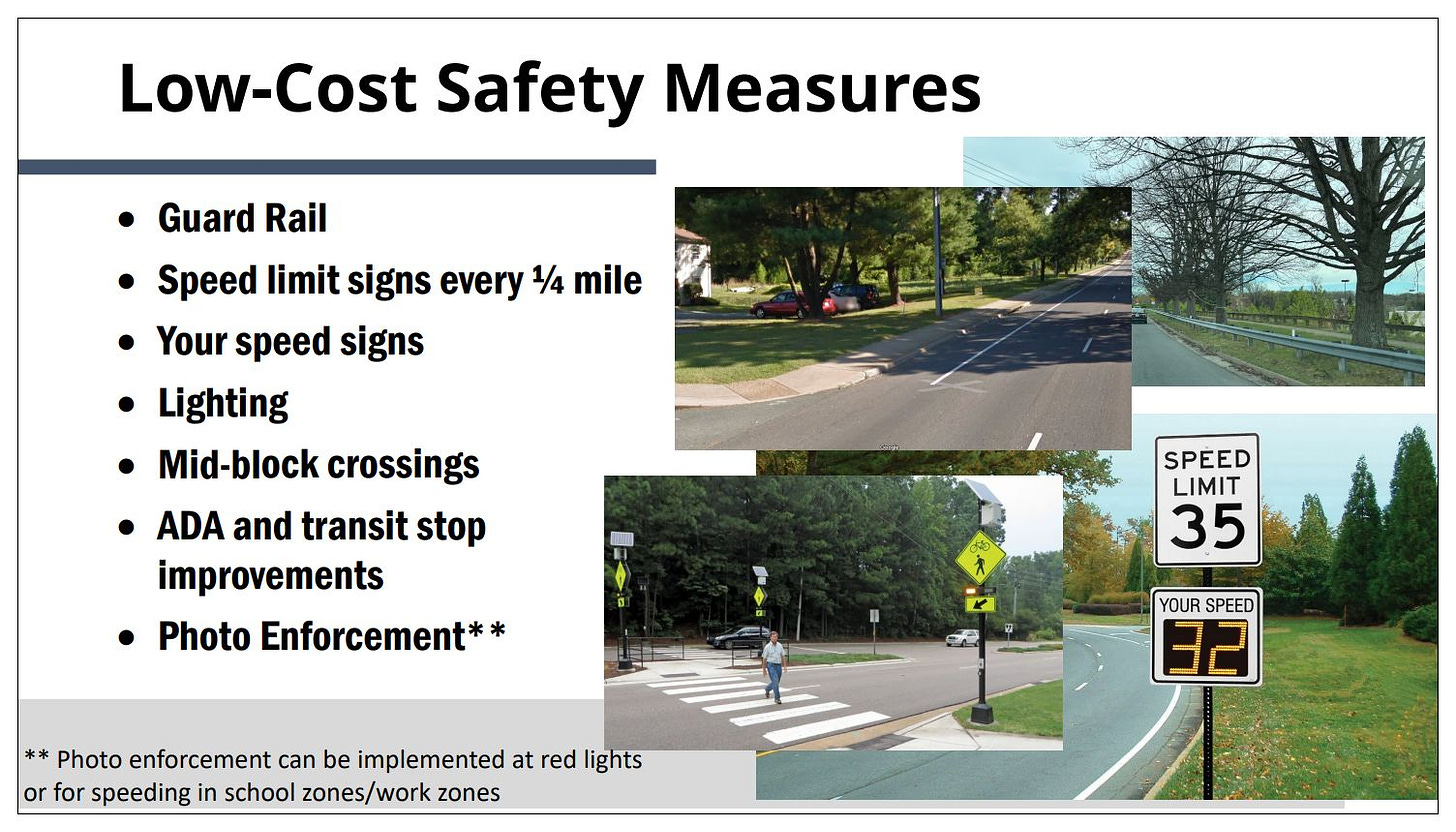





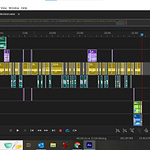

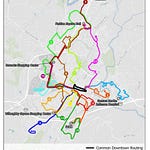
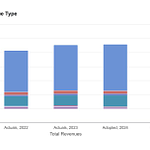

May 27, 2022: Council, Planning Commission discuss how to make Fifth Street safer; more information requested about what a "road diet" would mean